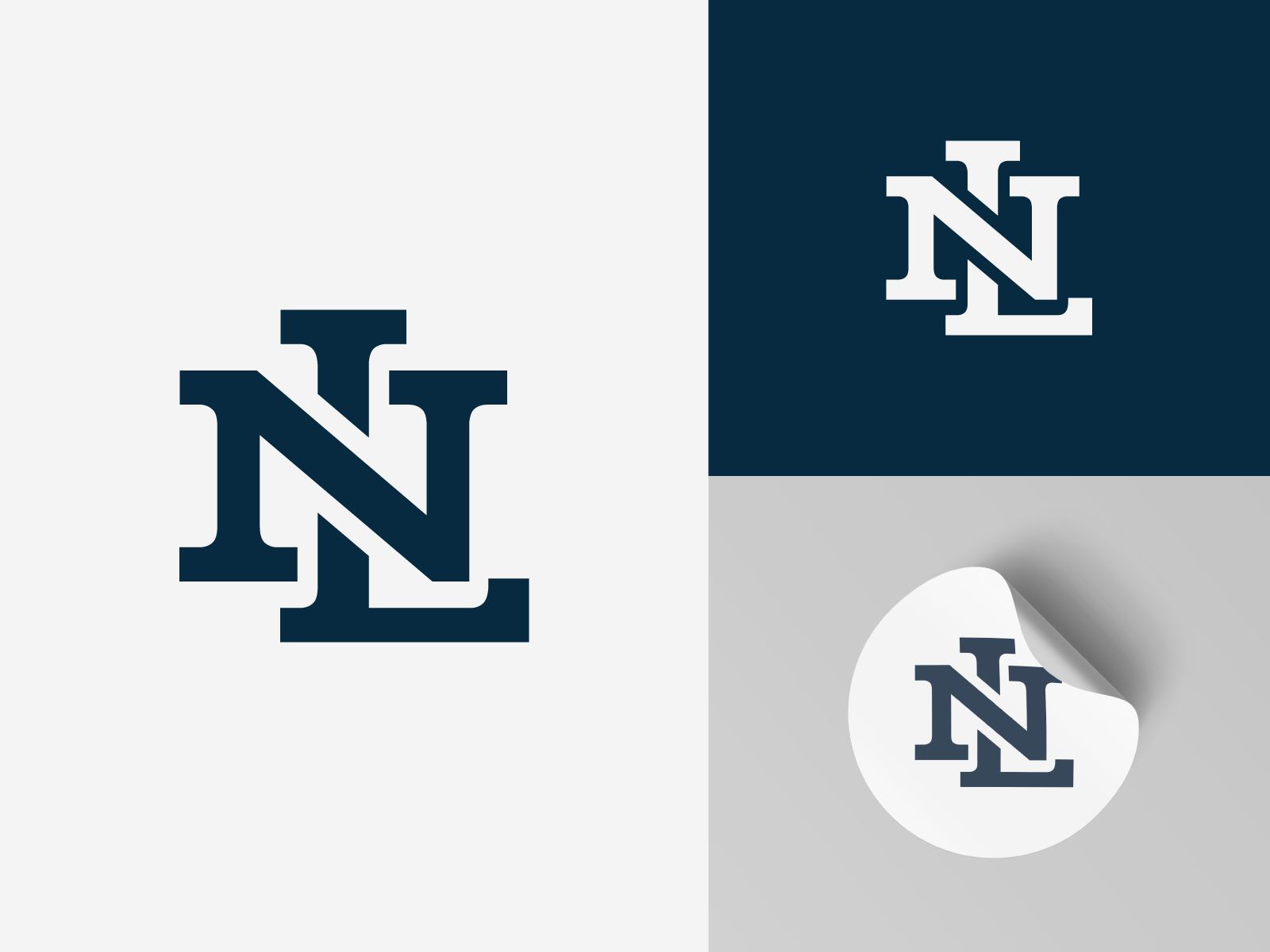The National League (NL) has long been a cornerstone of Major League Baseball (MLB), captivating fans with its rich history, competitive spirit, and unique rules. Established in 1876, the NL is the older of the two leagues in MLB and has played a pivotal role in shaping the modern game of baseball. This article dives deep into the world of the NL, exploring its origins, structure, notable achievements, and what makes it distinct from its counterpart, the American League (AL).
Baseball enthusiasts often find themselves drawn to the NL for its traditional values and the purity of the game. Unlike the AL, which introduced the designated hitter (DH) rule in 1973, the NL maintains the pitcher's role as both a fielder and hitter, preserving the strategic depth that has defined the sport for over a century. This commitment to tradition is one of the reasons why the NL continues to resonate with fans worldwide.
As we explore the intricacies of the NL, we'll uncover the league's most memorable moments, its star players, and how it has evolved over the years. Whether you're a die-hard fan or a newcomer to the sport, this article aims to provide a comprehensive understanding of what makes the National League such a vital part of baseball's legacy.
Read also:Jalen Williams Stats Vs Rockets A Comprehensive Analysis
Table of Contents
- The History of the National League
- Structure of the NL
- Key Differences Between NL and AL
- Notable NL Teams
- Iconic Players in NL History
- Key Statistics and Records
- Tradition and Legacy
- The Role of Fans in the NL
- The Future of the National League
- Conclusion
The History of the National League
Founded on February 2, 1876, in New York City, the National League marked the beginning of professional baseball as we know it today. Initially consisting of eight teams, the league aimed to create a more organized and structured approach to the sport. The inaugural season saw teams like the Boston Red Stockings and the Chicago White Stockings dominate the league, setting the tone for future competition.
Early Years and Expansion
The early years of the NL were marked by significant challenges, including financial instability and rivalries with other leagues. However, the league persevered, expanding its roster of teams and solidifying its position as the premier baseball organization in the United States. By the early 20th century, the NL had established itself as a dominant force in the sport, paving the way for the creation of the American League in 1901.
Modern Era
In the modern era, the NL has continued to evolve, adapting to changes in the sport and embracing new technologies. The introduction of the wild card system in 1994 and the subsequent expansion of playoff formats have added excitement to the league, making every game count in the race for the postseason.
Structure of the NL
Currently, the National League consists of 15 teams, divided into three divisions: East, Central, and West. Each division hosts five teams, ensuring a balanced schedule and competitive balance across the league. The structure of the NL allows for a diverse range of matchups, with teams traveling across the country to face off against rivals in their division and beyond.
Divisional Rivalries
Divisional rivalries are a key component of the NL's appeal. Teams like the New York Mets and Philadelphia Phillies in the East, the Chicago Cubs and St. Louis Cardinals in the Central, and the Los Angeles Dodgers and San Francisco Giants in the West have cultivated fierce rivalries that span decades. These matchups often draw large crowds and generate significant media attention.
Key Differences Between NL and AL
One of the most notable distinctions between the NL and the American League is the absence of the designated hitter rule in NL games. This rule, which allows a team to designate a player to bat in place of the pitcher, has been a point of contention and discussion within the baseball community. Proponents of the NL argue that maintaining the pitcher's role as a hitter preserves the strategic elements of the game.
Read also:Warm Winter Vacations On A Budget Affordable Getaways For Every Traveler
Impact on Strategy
The absence of the DH rule in the NL impacts game strategy significantly. Managers must carefully consider when to remove a starting pitcher from the game, balancing the need for effective pitching with the potential for offensive production. This dynamic adds an extra layer of complexity to NL games, making them particularly intriguing for tactically-minded fans.
Notable NL Teams
The National League is home to some of the most storied franchises in baseball history. From the New York Mets and Philadelphia Phillies in the East to the Chicago Cubs and St. Louis Cardinals in the Central, and the Los Angeles Dodgers and San Francisco Giants in the West, each team brings its own unique identity and legacy to the league.
Los Angeles Dodgers
The Los Angeles Dodgers, established in 1883 as the Brooklyn Atlantics, have become one of the most successful franchises in baseball. Known for their innovative approach to player development and analytics, the Dodgers have consistently competed at the highest levels of the sport, winning numerous World Series titles.
Chicago Cubs
The Chicago Cubs, founded in 1870, are one of the oldest teams in Major League Baseball. Known for their passionate fanbase and historic Wrigley Field, the Cubs have experienced both triumph and heartbreak throughout their storied history. Their 2016 World Series victory marked the culmination of a century-long drought, delighting fans around the globe.
Iconic Players in NL History
The National League has been graced by some of the greatest players in baseball history. From Hank Aaron's home run records to Clayton Kershaw's dominance on the mound, these athletes have left an indelible mark on the sport.
Hank Aaron
Hank Aaron, a Hall of Famer and one of the most prolific sluggers in baseball history, spent the majority of his career with the Milwaukee and Atlanta Braves. His pursuit of Babe Ruth's home run record captivated the nation, and his legacy continues to inspire generations of players.
Clayton Kershaw
Clayton Kershaw, a three-time Cy Young Award winner and a cornerstone of the Los Angeles Dodgers' pitching staff, has redefined what it means to be an elite pitcher in the modern era. His combination of power and precision has made him one of the most feared adversaries in the NL.
Key Statistics and Records
The National League boasts a wealth of impressive statistics and records. From home run totals to pitching milestones, these achievements highlight the league's rich history and the talents of its players.
Home Run Records
- Hank Aaron - 755 career home runs (all-time leader)
- Barry Bonds - 762 career home runs (NL leader)
Pitching Milestones
- Greg Maddux - 355 career wins (modern era leader)
- Randy Johnson - 4,875 career strikeouts (NL leader)
Tradition and Legacy
The National League's commitment to tradition and legacy is evident in its preservation of key rules and its celebration of historical milestones. From the annual All-Star Game to the World Series, the NL continues to honor the past while embracing the future.
The All-Star Game
The Midsummer Classic, as the All-Star Game is affectionately known, showcases the best players from both the NL and AL. This annual event not only highlights individual talent but also fosters a sense of camaraderie and competition between the two leagues.
The Role of Fans in the NL
Fans play a crucial role in the success of the National League. Their passion and dedication create an electric atmosphere in ballparks across the country, enhancing the experience for players and spectators alike.
Fan Engagement
Modern technology has enabled fans to engage with the NL in new and exciting ways. From live streaming games to participating in fantasy leagues, fans have more opportunities than ever to connect with their favorite teams and players.
The Future of the National League
As the sport of baseball continues to evolve, the National League is poised to remain at the forefront of innovation and tradition. With expanding fanbases and emerging talent, the future looks bright for the league.
Expansion and Globalization
Efforts to expand the league's reach into new markets and countries are underway, with the potential for new teams and international competitions on the horizon. These initiatives aim to grow the game's popularity while maintaining the integrity and spirit of the NL.
Conclusion
The National League stands as a testament to the enduring appeal and legacy of baseball. From its humble beginnings in 1876 to its current status as a global phenomenon, the NL has consistently delivered excitement, competition, and memorable moments. As we look to the future, the league's commitment to tradition and innovation ensures that it will continue to captivate fans for generations to come.
We invite you to join the conversation by leaving a comment below or sharing this article with fellow baseball enthusiasts. For more in-depth analysis and updates on the world of baseball, explore our other articles and resources. Together, let's celebrate the rich history and bright future of the National League!


